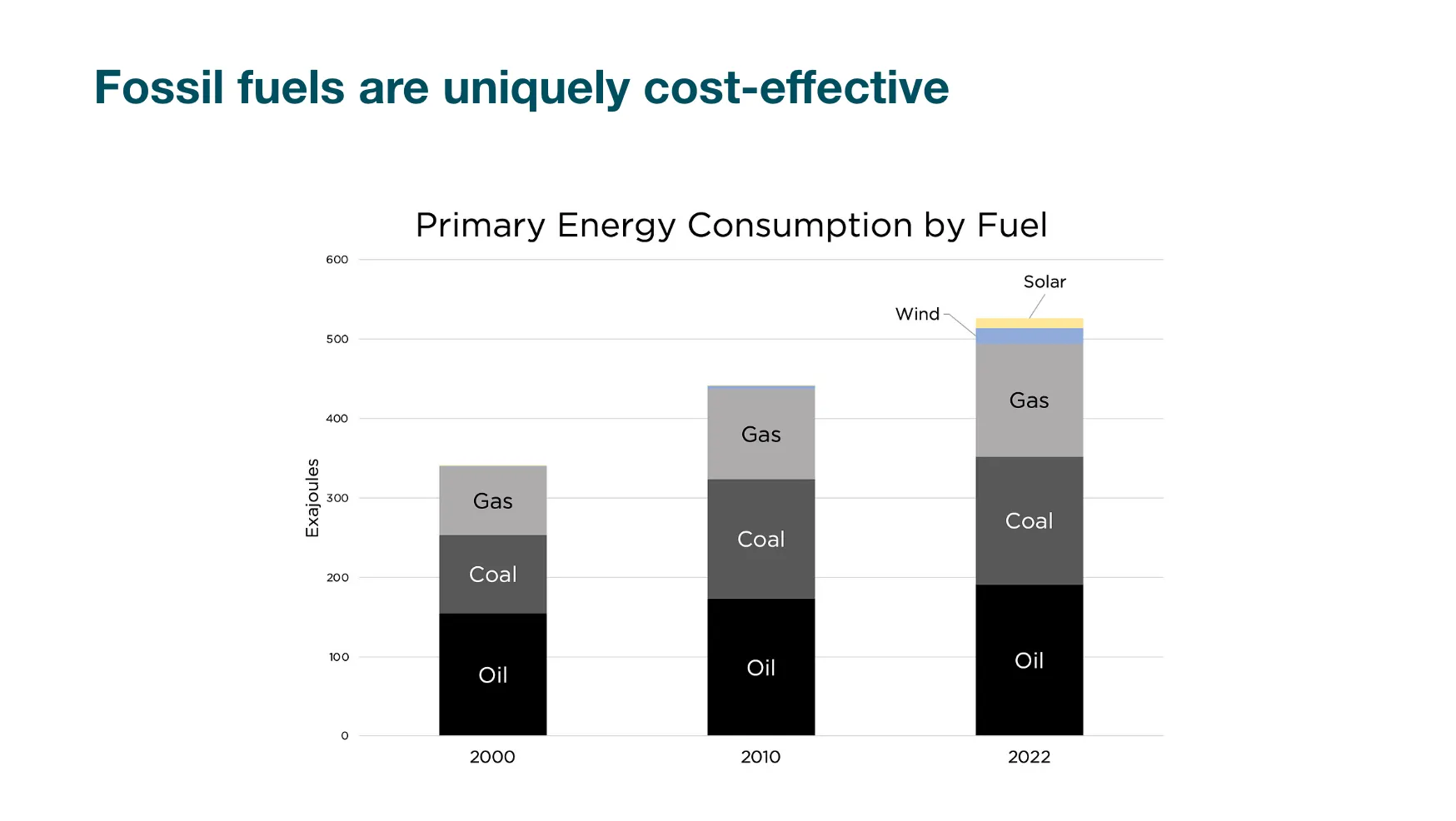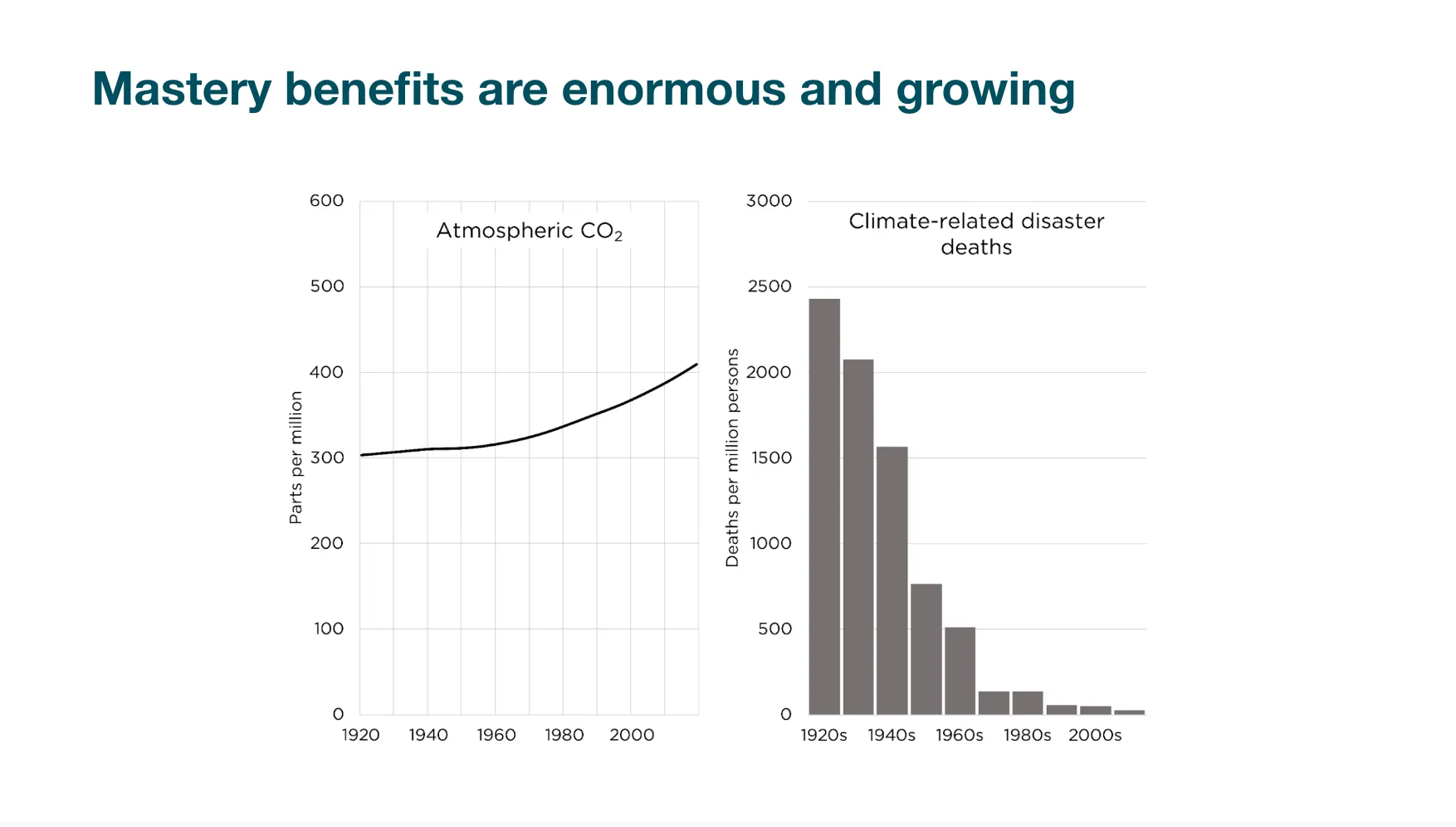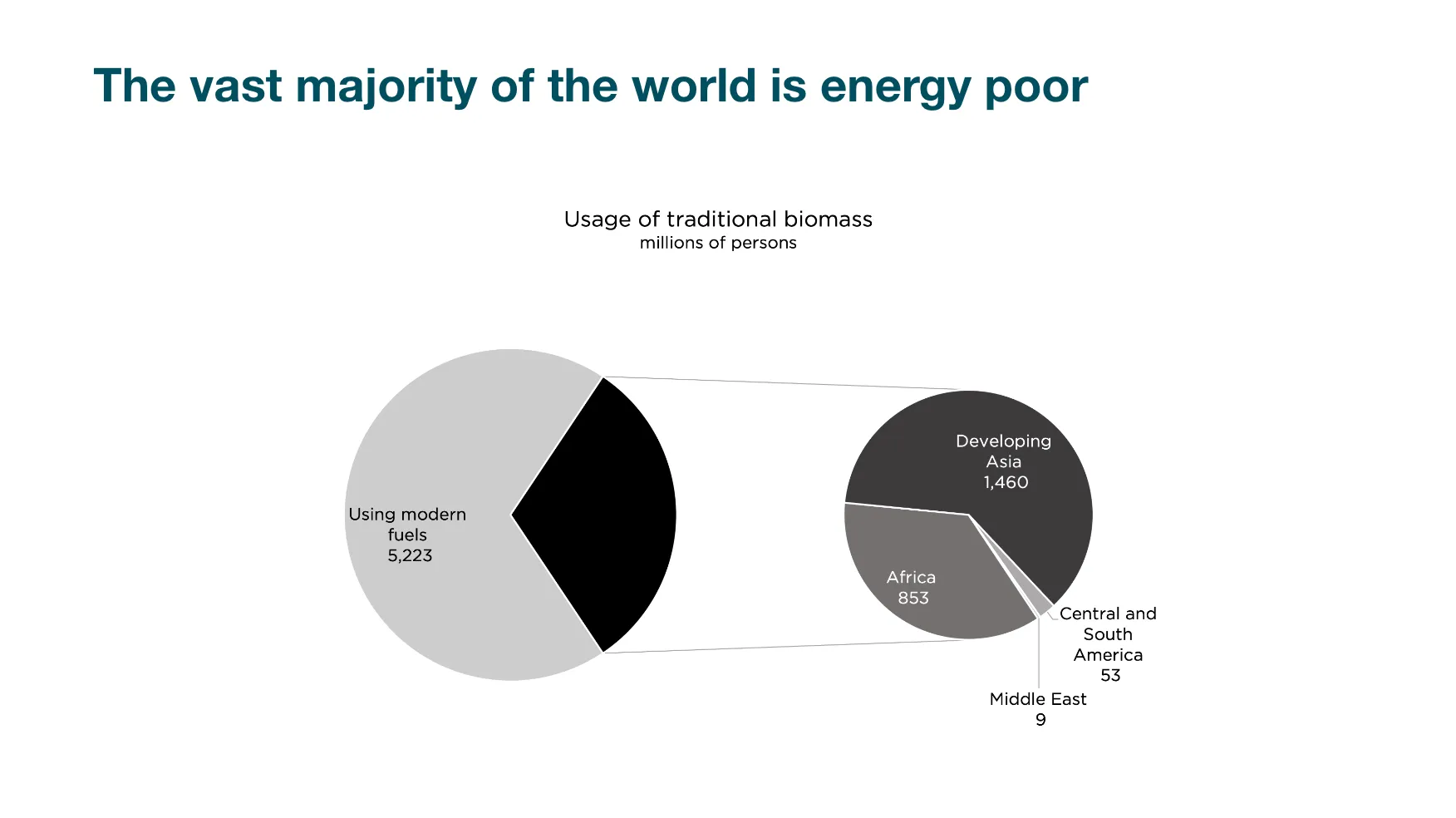November 4, 2024
While climate impacts are real, there's another side to the story.

Where We Are with Climate and Fossil Fuels
The debate on climate and energy policy is dominated by polarized views—either catastrophe or denial. But the truth lies in the details, data, and a balanced approach that considers both human needs and environmental impacts. At the core of energy policy is a critical question: how do we provide reliable, affordable energy to billions while responsibly managing our impact on the planet?
1. Climate and Human Flourishing: A Renaissance, Not a Crisis
While climate impacts are real, there's another side to the story. Data shows that climate-related deaths have dropped dramatically—by 98% over the last century. This decline is not accidental; it's a testament to our capacity for adaptation and climate resilience, often powered by affordable energy sources. With modern infrastructure, early-warning systems, and better healthcare, the climate has never been more manageable for humans.
This doesn’t mean ignoring environmental impacts. It means understanding that a balanced approach to energy policy can drive human flourishing while addressing real environmental concerns.

2. The Role of Fossil Fuels: Reliable, Scalable, and Affordable
Fossil fuels power economies, especially in developing regions where access to reliable, affordable energy is crucial. Despite fierce competition from renewables, fossil fuels remain highly efficient in terms of cost, scalability, and availability, especially for industries like transportation and heavy manufacturing, where alternatives are still in development. Places like China and India have lifted millions out of poverty largely thanks to fossil fuel-driven industrial growth.
For the U.S., energy freedom means recognizing the importance of fossil fuels while actively pursuing sustainable energy innovations. This isn't a one-size-fits-all solution; it’s about using the right tool for each job, allowing us to meet energy demands responsibly.

3. Climate Mastery: Reducing Climate Risks Through Innovation
Fossil fuels have enabled climate mastery. With them, we’ve built resilient cities, advanced agricultural techniques, and developed lifesaving technologies. Today, we can respond to droughts with irrigation systems, transport food across vast distances, and regulate temperatures indoors. Modern infrastructure is a direct result of having access to dependable energy, protecting billions from natural disasters.
Instead of viewing energy impact as purely negative, the U.S. can prioritize climate resilience by supporting policies that strengthen this mastery, driving innovation to handle challenges like sea level rise and extreme weather.

4. Positive Side Effects: Greener, More Livable Environments
Higher CO₂ levels have been associated with increased plant growth, improving crop yields and supporting ecosystems worldwide. A warmer climate in colder regions can also reduce winter-related deaths. Recognizing these benefits doesn’t negate the downsides of warming but rather emphasizes a balanced view. For example, sea level projections show manageable increases, allowing us to plan and adapt without extreme fear.

What This Means for U.S. Energy Policy: The Case for Energy Freedom
The call isn’t to abandon renewables or deny climate change. Instead, we advocate for energy freedom: the ability to pursue all viable energy options, including nuclear, solar, wind, and yes, fossil fuels. A balanced approach allows us to support billions of people and foster innovation that can make our world safer and more sustainable.

Next Steps: Changing the Conversation on Energy
To shift to effective energy thinking, we need more transparent data, support for all energy sources, and a focus on responsible policy-making that prioritizes human needs. Let’s make it easy for people to support truth, adapt, and thrive by grounding policy in a realistic, balanced perspective.